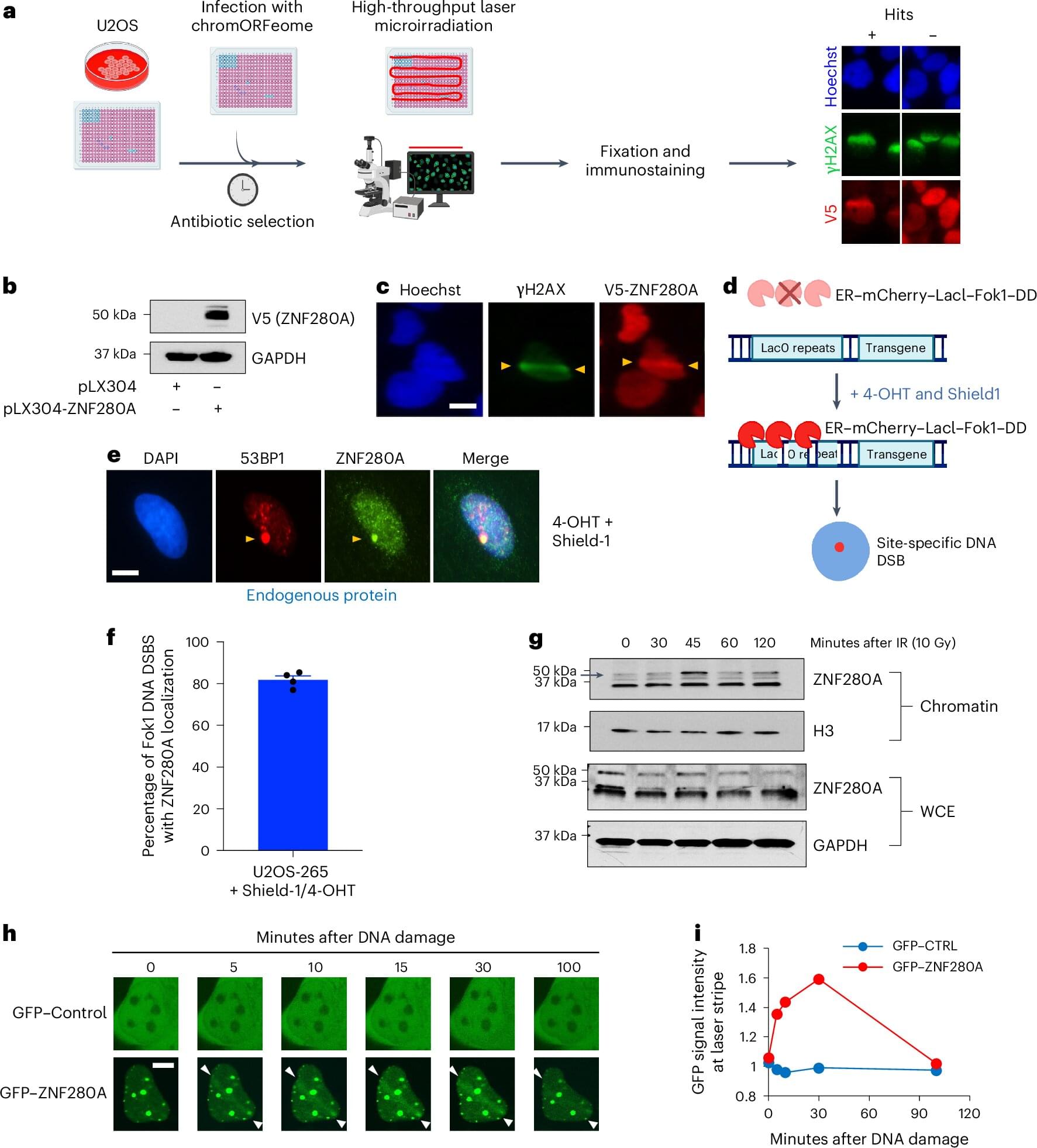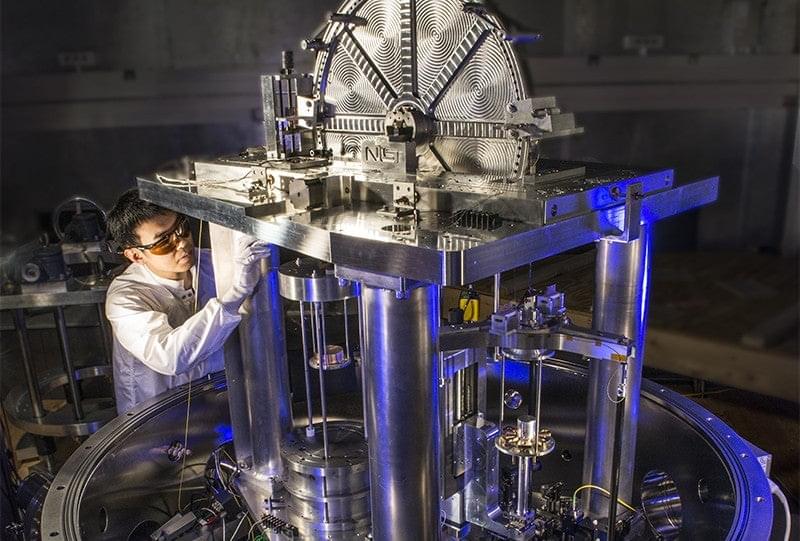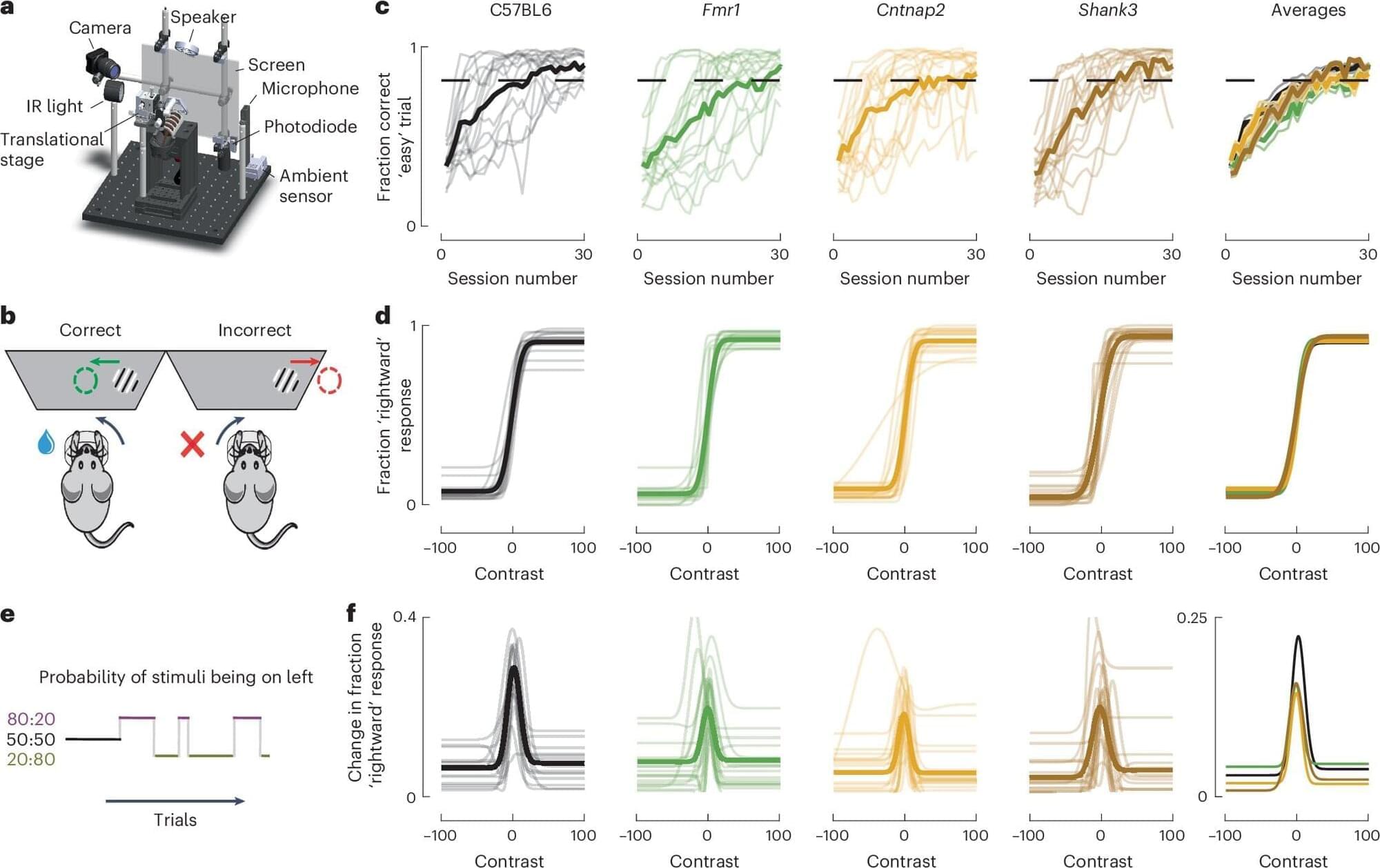In this in-depth interview, Joscha Bach shares his insights into AI: what it illuminates about consciousness, how it will develop, and what it means for humanity.
Is AI our only chance at achieving real understanding?
With a free trial, you can watch our full archive of Joscha Bach’s talks and debates at https://iai.tv/home/speakers/joscha-b… Introduction 00:08 What is Artificial General Intelligence, and how far away are we from creating it? 01:08 Do you consider AI humanlike now? 02:43 Why do you defend a computational perspective? 03:44 Is AI the method for the universe to understand itself? 04:26 How is AI transforming society now, and how will it transform society in the next few years? 05:20 Do you think we have the capacity to reconceive how our institutions will function in light of these changes? 06:17 How could AI help us solve the climate crisis, when our biggest problem is inaction? 08:24 Have we become less critical, as a species? 10:40 Would you agree that social media has been detrimental to our society? 12:58 How do you think AGI will be realised? 18:46 What are the differences between evolved systems and designed systems? 20:31 What did you think of the infamous open letter about AI safety? 24:24 How can we solve AI’s misalignment to human values? 25:43 Do you have hope for the future? 27:33 Do you think it’s possible to build a machine that understands? 30:32 Do you think that we are living in base reality? Join cognitive scientist and AI researcher Joscha Bach in this exclusive interview on the limits, risks, and future of AI. From the potential of Artificial General Intelligence to the alignment problem and the fundamental ways AI learns differently from humans, Bach explores whether AI might one day grasp reality on a deeper level than we can. He also examines the systemic failures of institutions in tackling the climate crisis and the COVID-19 pandemic, arguing that the internet’s potential for collective intelligence remains largely untapped. Might AI help us overcome these challenges, or does it merely reflect our own limitations? Interviewed by Darcy Bounsall. #ai #agi #artificialintelligence #artificialgeneralintelligence #consciousness #computerscience Joscha Bach is a cognitive scientist, AI researcher, and philosopher whose research aims to bridge cognitive science and AI by studying how human intelligence and consciousness can be modelled computationally. The Institute of Art and Ideas features videos and articles from cutting edge thinkers discussing the ideas that are shaping the world, from metaphysics to string theory, technology to democracy, aesthetics to genetics. Subscribe today! https://iai.tv/subscribe?utm_source=Y… For debates and talks: https://iai.tv For articles: https://iai.tv/articles For courses: https://iai.tv/iai-academy/courses.
00:00 Introduction.
00:08 What is Artificial General Intelligence, and how far away are we from creating it?
01:08 Do you consider AI humanlike now?
02:43 Why do you defend a computational perspective?
03:44 Is AI the method for the universe to understand itself?
04:26 How is AI transforming society now, and how will it transform society in the next few years?
05:20 Do you think we have the capacity to reconceive how our institutions will function in light of these changes?
06:17 How could AI help us solve the climate crisis, when our biggest problem is inaction?
08:24 Have we become less critical, as a species?
10:40 Would you agree that social media has been detrimental to our society?
12:58 How do you think AGI will be realised?
18:46 What are the differences between evolved systems and designed systems?
20:31 What did you think of the infamous open letter about AI safety?
24:24 How can we solve AI’s misalignment to human values?
25:43 Do you have hope for the future?
27:33 Do you think it’s possible to build a machine that understands?
30:32 Do you think that we are living in base reality?
Join cognitive scientist and AI researcher Joscha Bach in this exclusive interview on the limits, risks, and future of AI. From the potential of Artificial General Intelligence to the alignment problem and the fundamental ways AI learns differently from humans, Bach explores whether AI might one day grasp reality on a deeper level than we can. He also examines the systemic failures of institutions in tackling the climate crisis and the COVID-19 pandemic, arguing that the internet’s potential for collective intelligence remains largely untapped. Might AI help us overcome these challenges, or does it merely reflect our own limitations?
Interviewed by Darcy Bounsall.







